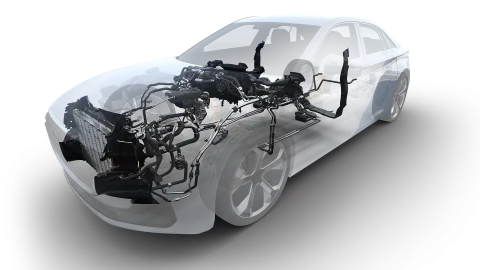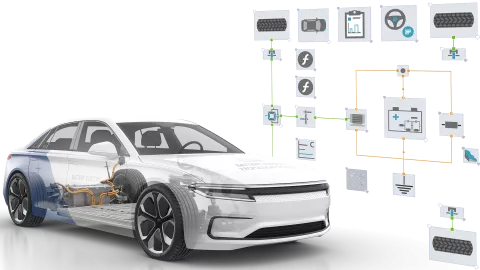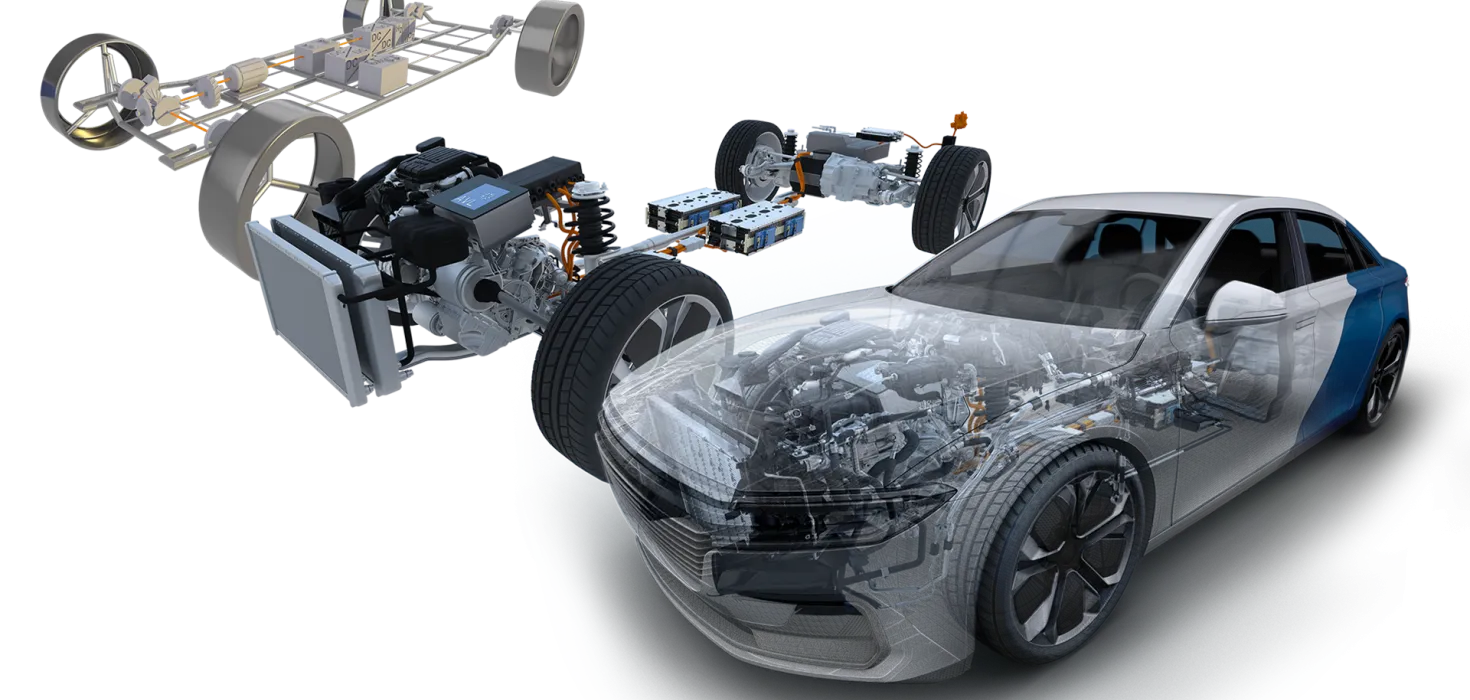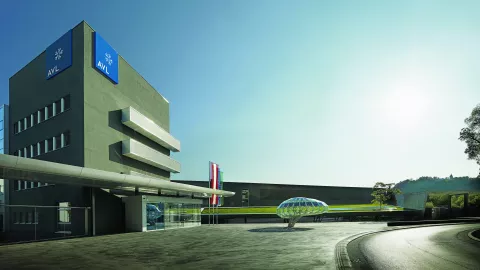More electrically controlled functions mean more electrical and electronic modules and communication links. This in turn means that the systems increasingly influence each other. The result is that the E/E architecture of vehicles is becoming more complex and detailed modeling of electrical networks is gaining importance.
For electrified powertrains, the thermal conditions in the often very compact vehicle designs must be studied in greater detail. Many of the components in battery-electric, hybrid or even fuel cell-powered vehicles are temperature-sensitive. It is therefore essential for development to know the operating temperatures precisely. Similar sensitivity is found in the air-conditioning of the passenger compartment.
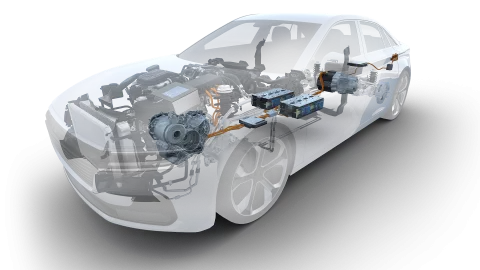
In addition to temperature, the design must take into account solar radiation, humidity, cabin insulation, altitude, and so on. It must not be forgotten that the energy requirements of the HVAC systems have a direct influence on the range. Ultimately, to create the ideal vehicle concept, one question must always be answered. How do the components influence each other and how do they work best together?
Virtual Twins give you the answer. As virtual images of individual components or entire systems, the simulation provides you with all the relevant data for decision-making. Used right from the start, they enable targeted concept creation and support the entire development process right through to integration in the vehicle.
